Vaccine research
Making connections in vaccine research
by Ian Mundell
Vaccine development resembles a pipeline, with basic research on infectious diseases and the immune system at one end, and clinical trials, manufacturing and deployment at the other. The Imperial Network for Vaccine Research, launched in April 2018, aims to connect academics working at every stage in this pipeline and encourage collaboration.
“Even if you are a basic science researcher, you will probably have an eye to developing a product at some point, something that will make an impact on people,” explains Dr Chris Chiu of the Department of Medicine, who leads the Network. “We want to encourage collaboration back and forth, so that all the different steps interact with each other.”
Starting conversations across disciplines is a priority. “There are some complicated problems in the development and deployment of new vaccines, and overcoming them requires lots of different specialties to work together.”
Network challenges
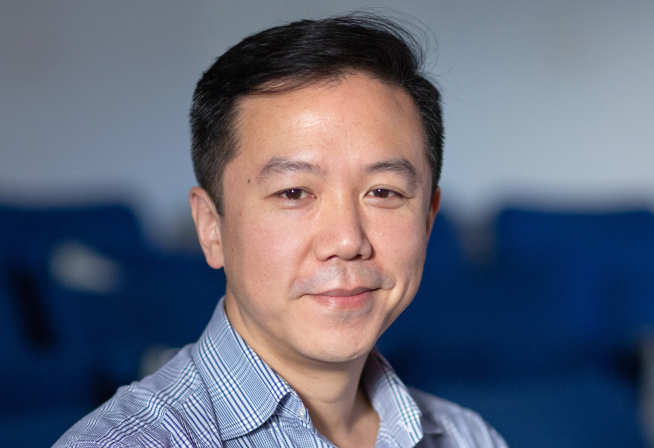
Looking across the range of the Network's interest, Dr Chiu sees three major challenges. The first is to design vaccines that give better protection than can be achieved by simply replicating natural immunity, or address infections that have evolved ways to evade the immune system, such as malaria, HIV and influenza. “We still don't fully understand how different parts of the immune system can ideally protect against these infections.”
The second is in manufacturing, where the cost of making new vaccines is often prohibitively high, particularly for low- and middle-income countries. “There's a lot to do to make those manufacturing processes more efficient.”
The third challenge is to understand and address public reluctance to use vaccines. “It doesn't matter how great your vaccines are; if people refuse to take them, then all of that work is wasted,” he says.
The Network's 72 members, drawn from Imperial College London’s Faculties of Medicine, Engineering, Natural Sciences and the Business School, are engaging with all of these issues.
Elusive viruses
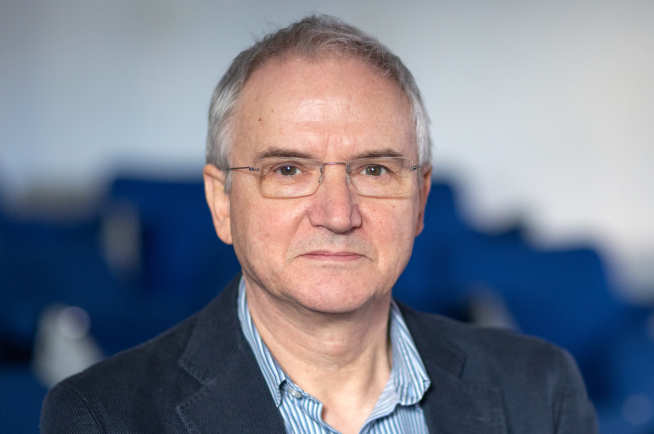
Chest physician Professor Peter Openshaw has a longstanding interest in how common colds make conditions such as asthma and chronic bronchitis worse. He has focussed on some particularly elusive viruses, such as influenza and respiratory syncytial virus (RSV).
Influenza is problematic because the virus changes so rapidly that a vaccine that is effective one year may be useless the next. One option is to accept that the virus is constantly changing and re-design the vaccine each year to match the upcoming highly variable proteins on the virus surface. Another is to look for proteins that change less often and trigger broadly protective immune responses.
Professor Openshaw and his colleagues are using proteins from inside the virus to activate the white blood cells called T-cells, rather than the B-cells that make the antibody triggered by most vaccines. “We don't think this would be as protective against infection getting a foothold, but it might limit its severity and duration. What we aim to do is prevent serious episodes of flu, making infection so mild that the person might not even notice,” he says.
RSV is also a challenging target. The conventional way of producing a vaccine is to make a deactivated or weakened form of a virus (or other pathogen) that can be given to someone safely but produces a natural protective immune response.
It is hard to do this with RSV because the virus makes a large number of proteins that conspire to disable the human immune response. Some researchers are trying to knock-out or block these ‘interfering’ proteins, and so allow the immune system to respond to the weakened virus and prevent future infection.
Professor Openshaw has tested an alternative approach that involves isolating a surface protein from RSV and mounting it on particles that can be sprayed into the nose. These particles are the size and shape of bacteria, a profile calculated to wake up the immune system. “The idea is to trick the nose into believing that there is something it needs to respond to.”
Results from a first human trial are encouraging. “It does induce a good immune response, but we don't yet know if that is protective,” he says. The vaccine now needs to be optimised before moving on to human challenge studies.
Human challenge studies
Human challenge studies are an important tool in the development of new vaccines. On a fundamental level, looking closely at how human volunteers respond to infection – which ones develop symptoms and which do not – can inform research choices.
“By looking at the differences between people we can understand which parts of the immune response to infection might be better for protection,” explains Dr Chiu, who also works with RSV. “Then we can either prioritise vaccines that preferentially stimulate those parts of the immune system, or develop new vaccines that will do that job better.”
The connections possible within the Network are already helping in this respect. “Previously I didn't have that much contact with chemists and engineers, so we are now exploring the potential for designing, from a much earlier stage, vaccines that will target some of the mechanisms that we have discovered in the respiratory tract.”
Human challenge studies involving vaccinated volunteers can be the first real test of a candidate vaccine's efficacy, and much more reliable than animal studies. The sooner these take place in the development process, the better. “You can potentially see early on that your vaccine works, and that gives you the confidence to go on to bigger, more expensive studies,” Dr Chiu says. “Or you can see quite quickly that your vaccine doesn't work, in which case you don't invest heavily in going further.”
Conducting clinical trials
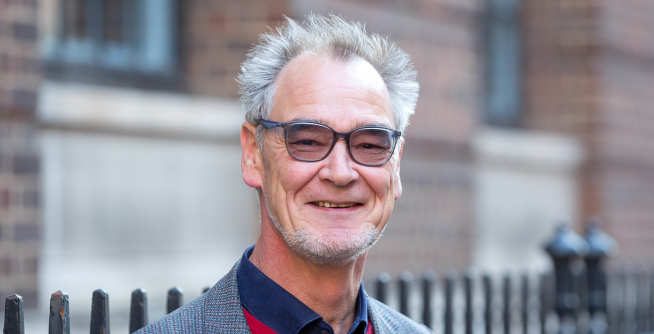
The ultimate test for a vaccine is a clinical trial, which for some diseases means working where the infection is most prevalent. Professor Robert J Wilkinson in the Department of Medicine has a long-standing interest in tuberculosis (TB), and so spends much of his time working at the University of Cape Town in South Africa. “Cape Town has a very high incidence of TB and HIV associated TB, with about 1% of the population getting TB every year,” he says. “It makes sense for us to work here in South Africa, where we can achieve rapid evaluation of whether the vaccines we test are effective”.
The first vaccine he was involved in testing, around five to seven years ago, failed dramatically. But the next candidate fared better. Made by GlaxoSmithKline, it was tested across Africa in a multi-centre trial involving approximately 3,500 people without HIV who tested positive for past infection with TB. This was the group expected to benefit most, and indeed the vaccine provided 54% protection for Mycobacterium tuberculosis– infected adults against active pulmonary TB, without evident safety concerns.
“It appears to have worked best in young adults, the people who are at most risk of becoming infectious. We postulate that the vaccine boosted the natural protection that they already had,” Professor Wilkinson explains.
There are still questions to answer, such as how the vaccine performs in children never exposed to TB, in adults with no history of infection, or in people with HIV. “Negotiations are now ongoing about how this vaccine could be further developed.”
Analysing clinical trials
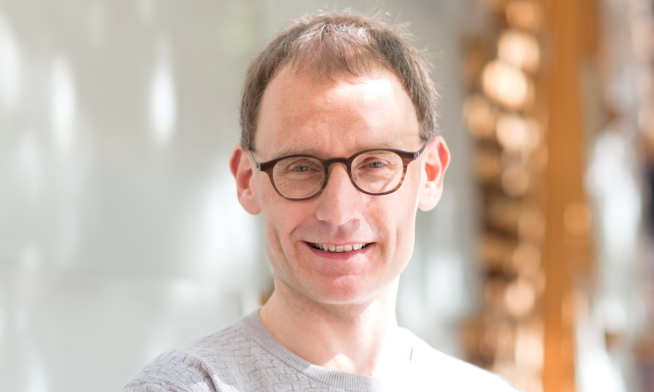
The Department of Infectious Disease Epidemiology spends a lot of time looking at the impact that vaccines have around the world, and how their use can be optimised. But it is also involved in vaccine development, for example analysing data from phase 3 trials (one of the later phases of clinical testing) for companies working on vaccines for dengue fever and malaria.
In both cases the vaccines were imperfect, providing only partial protection or protecting only certain people. Deciding how to use such vaccines is a challenge. “Raw trial results can give you very little to go on, in terms of extrapolating beyond the setting and sites involved,” says Professor Neil Ferguson, the Head of Department.
So he and his colleagues used pre-clinical data, such as laboratory studies and the results of first human tests, in addition to detailed results from clinical trials, to build predictive mathematical models representing how the vaccines appeared to work. “These models were a good fit with the phase 3 trial data, so we could use them to extrapolate with some confidence to other settings,” he explains. “For both dengue fever and malaria, our work was pivotal in informing the World Health Organization recommendations.”
Professor Ferguson now believes state-of-the-art statistical analysis and computational modelling offer the opportunity to improve the vaccine development process – by using data from pre-clinical studies to predict likely efficacy before large-scale clinical trials begin. “From these detailed pre-clinical data, we would hope to predict the likely outcome of phase 2 and phase 3 trials,” he says. “If you can make that process more efficient and cost-effective, companies will be able to test more vaccine candidates than is currently possible.”
More efficient manufacturing
The push to make vaccine manufacturing more efficient is being led by Professor Robin Shattock in the Department of Medicine. His focus in this context is RNA vaccines that can be produced synthetically and that, when injected into muscle, instruct the muscle to make the vaccine. “Essentially the muscle becomes the vaccine factory.”

“The simplicity of synthetic RNA synthesis allows us to manufacture vaccines very quickly, which is important for emerging infections or outbreaks,” Professor Shattock explains. “So we are working on developing modular or 'pop-up' manufacturing units that could ensure rapid access to vaccines anywhere in the world.”
Imperial recently signed an $8.4 million agreement with the Coalition for Epidemic Preparedness Innovations to develop this RNA vaccine technology for outbreak situations. The aim is to be able to produce vaccines against new and unknown pathogens within 16 weeks, from identifying the antigen to releasing a vaccine for clinical trials.
The 'pop-up' manufacturing approach is being pursued through the Future Vaccines Manufacturing Research Hub, a £10 million project from the Department of Health involving Imperial and four other UK universities. Within the College, the Hub involves researchers from the Departments of Medicine, Chemical Engineering and Life Sciences. It is exactly the kind of cross-disciplinary project that the Vaccines Network will help foster.
“The Network gives us an interface between people who are working in very different disciplines, but tackling common problems and bringing different skills to the process,” Professor Shattock says.
Engineering expertise

One of the researchers who has been drawn to vaccine research by the Hub is process systems engineer Dr Cleo Kontoravdi in the Department of Chemical Engineering. Normally she works on the biomanufacture of proteins for therapeutic use. “While I've never worked on vaccines before, the methodology and the manufacturing practices are very similar.”
Her role is to take a benchtop approach made up of separate operations such as vaccine synthesis and purification, and turn it into a production process that can be scaled up for application. “If that isn't economically favourable at first, we can come up with ways to make it more attractive, either through improving the formulation, identifying bottlenecks or replacing expensive reagents.”
The Hub also has resources for international collaboration. “As engineers we are open to helping any company or organisation from the developing world that is interested in making more efficient processes, and there is a specific pot of money in the Hub for that kind of interaction.”
Eliminating the cold chain
Another chemical engineer involved in the Hub is Professor Jason Hallett, whose main area of interest is biorenewable fuels. His method for stabilising proteins such as enzymes in solvents is now being applied to vaccines. “One of the knock-on effects of the method was that the proteins became very thermally stable,” he recalls. “It occurred to us that if we could increase thermal stability of enzymes by 70–100 degrees, why couldn't we do the same thing with therapeutic proteins, such as vaccines?”
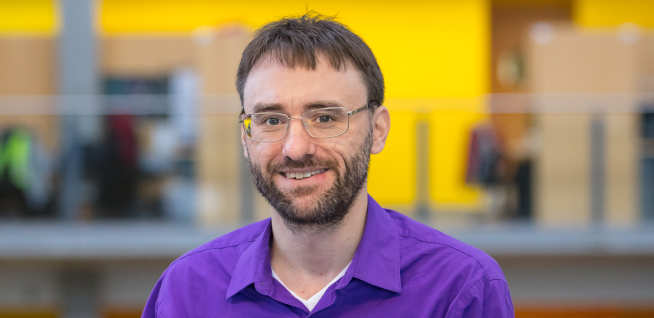
This is important because most vaccines must be transported and stored at very low temperatures in order to preserve their effectiveness. Maintaining this 'cold chain' is particularly challenging in tropical countries, and represents a significant proportion of the cost of any vaccine campaign. “If we could increase the temperature at which vaccines are stable by 100 degrees, they would be stable at room temperature and at that point you've conquered one of the biggest problems of vaccine manufacturing.”
The thermo-stabilisation method has now been adapted both for protein-based vaccines and Professor Shattock's RNA vaccines. “At the moment we can store these vaccines indefinitely at room temperature,” Professor Hallett says. Now, having changed the structure of the vaccines to make them more stable, the next step is to make sure they still function as they are meant to when given to patients.
Together, distributed vaccine manufacturing and thermostable vaccines would take a lot of the uncertainty out of responding to infectious disease outbreaks, providing much greater scope for local planning and preparedness. “That would enable us to step back and focus more on the vaccine itself.”
Better than a vaccine?
Sometimes, however, thinking about vaccines leads to a solution that is not a vaccine. Professor Wendy Barclay in the Department of Medicine is a specialist in influenza, which means she has seen a lot of vaccines come to the market and plenty of candidates waiting in the wings. “This makes you question whether the new idea someone has for a vaccine is really the best way to go,” she says.
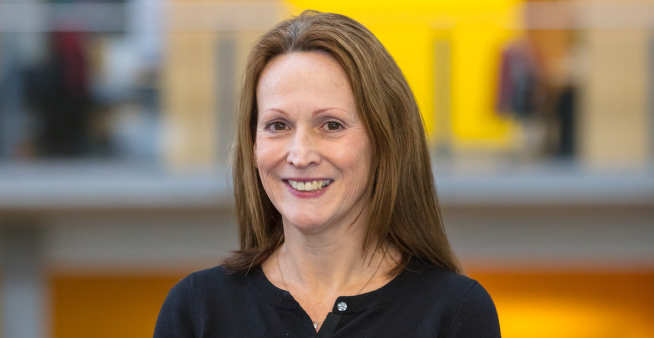
Her own work on the way new strains of influenza jump from wild animals to humans is a case in point. Her solution is not a vaccine, but to make farm animals – a common stepping stone – resistant. The key to this has been the identification of a gene that is essential if the virus is to replicate. This gene is different in mammals and birds, which explains why viruses do not normally pass from one to the other. And if the gene is knocked out in chicken cells, they can no longer be infected by bird flu virus.
The gene in question has many different functions, so completely removing it is likely to harm animal health. Professor Barclay and her colleagues went on to identify the exact part of the gene essential for the virus. “We are now working with the Roslin Institute in Edinburgh to make a gene-edited chicken which we reason will be completely resistant to influenza,” she says.
Training and industrial liaison
In addition to bringing all of these areas of expertise together, the Network for Vaccine Research has some cross-cutting themes, such as training and analytical support for researchers working with big data. The training will focus on making sure researchers beginning their careers are prepared for the stages required to turn a good idea into a working vaccine.
“There are a lot of regulatory issues they need to be aware of, and plan for well in advance,” Dr Chiu says. “There is liaison with industry and technology transfer. Then, at the day to day level, they need to know how to write grants and plan their careers.”
Appreciating the connections along the vaccine pipeline is also important for those outside academia. “One thing we’re very interested in are advances in the manufacturing of vaccines, but these don't stand alone,” Dr Chiu explains. “They are closely linked to more fundamental biology, which is a major focus for us, and to social sciences at the other end of the pipeline. It's all integrated, and you can't hope to succeed in one particular field without emphasis and investment in the others.”
Ian Mundell is a journalist who specialises in research and higher education. He divides his time between London and Brussels.
This feature was commissioned to coincide with the Imperial IdeasLab at the World Economic Forum Annual Meeting in Davos, Switzerland in January 2019.


